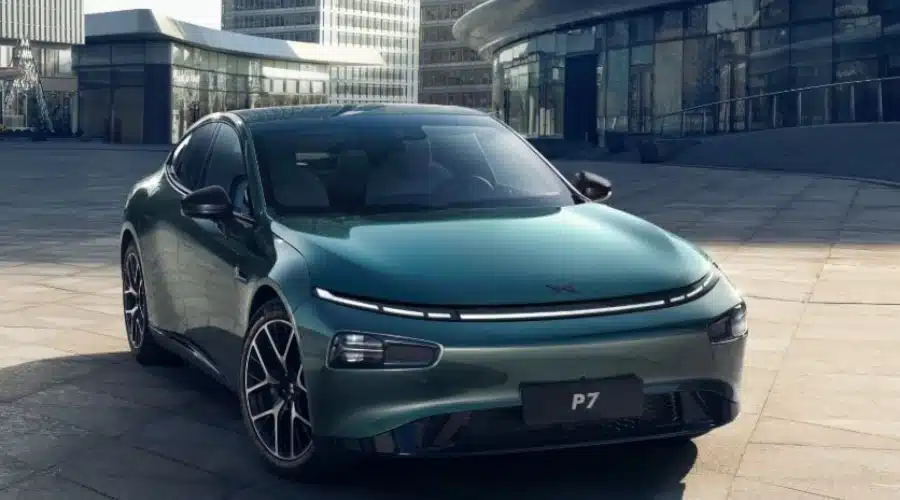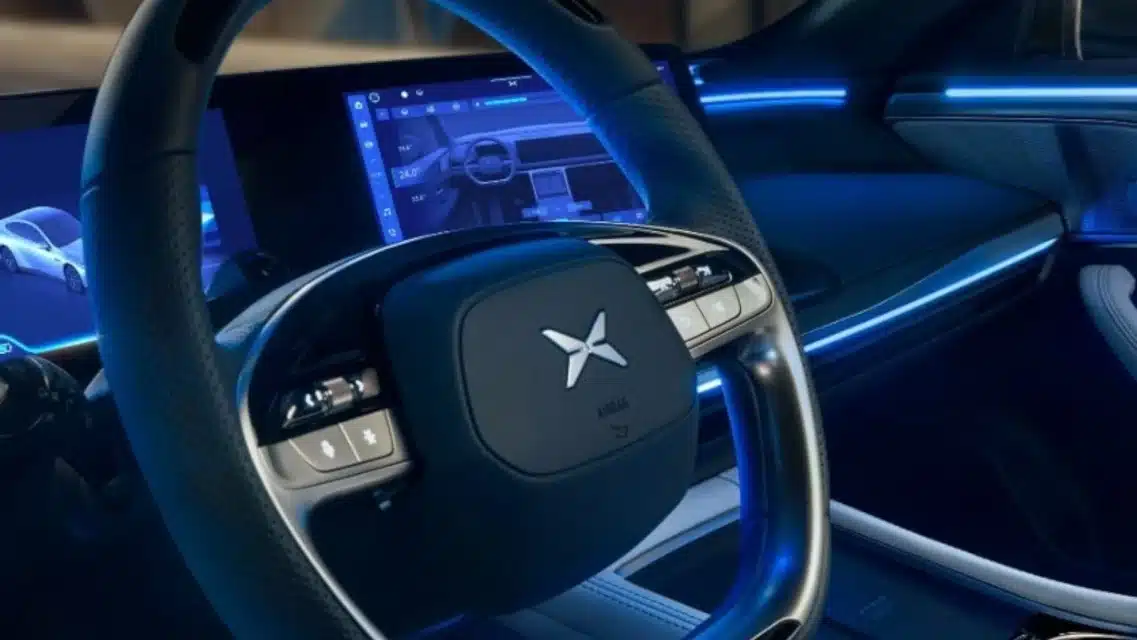Think VW, Fiat, Peugeot, and Renault.
The future of European car manufacturing looks bleak, especially for those older brands I just mentioned. Under the constant onslaught of Chinese imports, these old and storied brands face existential threats, while EU Commissioners watch the flames spread from their ivory towers.
The concept of a free market, global trade and technology sharing seems to have failed European brands. As of mid-March 2025, nine Chinese automakers, including heavyweights like BYD, SAIC’s MG brand, and NIO, are selling their EVs across the European continent.
But they’re not just shipping cars from Shanghai anymore. Leapmotor’s rolling out its tiny T03 in Poland, Chery’s ramping up production in Spain, and BYD’s got a large factory being built in Hungary.
More plants are on the horizon, too, with SAIC, XPeng, and others looking for empty car plants and brownfield sites in France, Austria, and beyond.
For Europe’s homegrown car giants, this isn’t just a ripple in a rock pool. It’s a tidal wave threatening their turf, their profits, and their future.
This slow-speed car-wreck has been a long time coming
The technology and manufacturing knowledge transfer of the early 2010s [think Geely’s spending spree] saw China up its game, leapfrogging the Japanese, side-stepping the US and crushing the European industry underfoot.
With some pushback from Europe [though not much, it must be said], and rising production costs in China, the Chinese are now quite intent on setting up shop on Europe’s periphery, either on their own, or with conscripted partners.
Leapmotor, has teamed up with Stellantis in Tychy, Poland, assembling its budget-friendly T03 city car there. Chery’s already producing the Omoda E5 in Barcelona – resuscitating a shuttered Nissan plant.
Meanwhile, BYD breaking ground in Hungary for a factory set to pump out 150,000 or more cars a year by 2027. SAIC’s hunting for a site in France, while XPeng’s name keeps popping up in Austrian rumours. Geely, through its Polestar, ZEEKR, Lynk & Co. and Volvo arms, is already building in Belgium and Sweden, while Chery’ is eyeing Italy and the UK for production facilities.

Why the sudden rush for EU production sites?
One word sums it up: tariffs. The recent introduction of tariffs as high as 36.3% on Chinese-made EVs is a big motivator. By building locally they can avoid import duties, and enjoy low-cost production.
Amazingly, it’s just cheaper to produce in the EU now than it is in China and then use these savings to undercut the local competition.
It’s working, too. EU OEMs are feeling the heat.
Designed to be different
Costs lower, technology levels higher, prices more affordable – no wonder the temperature is rising. As the price of new cars continued to climb over the last decade in the shade of slow wage growth, Europeans have simply not been able to afford new cars.
The Chinese have seen this as an open door. Go to a dealership in Germany or the UK, and you’ll see it MG’s sleek MG4, BYD’s boxy Atto 3, NIO’s luxe ET7. They look good, they drive well and they are more affordable than EU ‘entry’ brands.
Chinese brands accounted for about 8% of Europe’s EV sales in 2023. And with local production coming online, that slice of the cake is getting bigger. VW’s ID.3 and Renault’s Megane E-Tech don’t stand a chance against the cheaper, tech-packed Chinese alternatives.
But it is not just the cheaper Chinese products and brands harming Europe’s automakers. NIO and XPeng are out after BMW and Audi fans with fully loaded models boasting battery swaps and instant software updates. Geely’s Polestar 2, built in Belgium, is stealing eco-luxury buyers who might’ve gone for a Mercedes EQS.
For EU carmakers, it’s a fight on all fronts, and they’re losing ground fast.
Fast charging
Chinese EV maker BYD has revealed a new charging system that could be as fast as filling a tank with gas, according to recent reports. The super e-platform can handle charging speeds of 1,000 kilowatts (kW), enabling 400 km of travel on a five-minute charge.
Although this technology will be rolled out across China first, it will inevitably spread to the EU, where the charging network is pretty much still up for grabs, thanks to the behemoth-like speed of the EU Commission.
So, China produces cheaper, better cars and now has more advanced charging technology than European car makers, while the likes of VW roll out ‘concept cars’ such as the Every1 with short range and little in terms of design flair.
Jobs on the Line
Although an increase in Chinese car plants will create some jobs in the short term, it does not bode well for the EU’s crumbling economy.
The policymakers in Brussels are simply too slow to make a dent in this coming collision. Without immediate intervention, EU car brands will go the way of the dodo – and we will see whatever profits earned going straight back to China.



